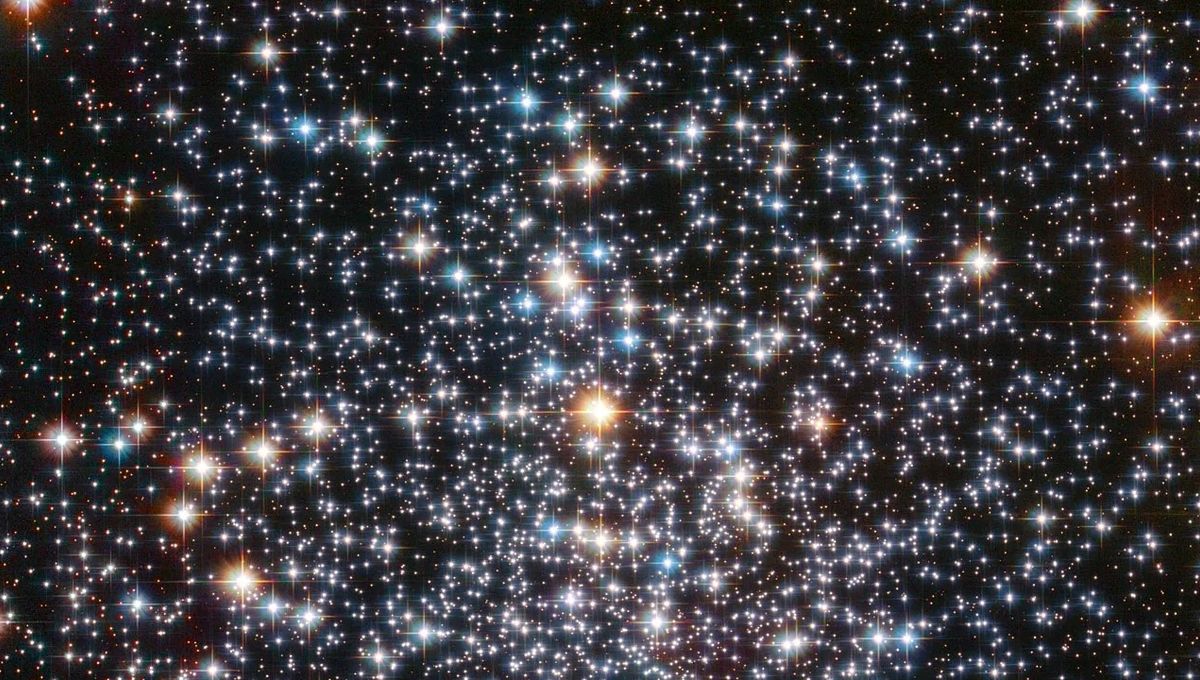
The mysterious vanishing of stars might seem like the stuff of science fiction (look no further than the season four finale of Doctor Who), but it’s very much a reality; in the last 70 years, around 100 stars have disappeared from view, all without a concrete explanation.
How do we know they’ve disappeared?
Their disappearance was brought to attention back in 2019 by the appropriately named Vanishing and Appearing Sources during a Century of Observations (VASCO) project, which compared images taken by the US Naval Observatory from 1949 onwards with images from the Pan-STARRS sky survey taken between 2010 and 2014.
The software used by the project team came back with around 150,000 potential sources of light that had disappeared in the intervening years, whittled down to 23,667 after cross-referencing the list with other datasets.
“At this point it would have been useful to employ image differencing software to compare the images to identify any obvious differences in pairs of very similar images,” the team wrote in the study describing their findings. “But, as we compare images made with widely different telescopes, instrumentation, and methods (photographic versus CCD), we do not gain much advantage by doing this step.”
Instead, they manually went through the remaining images to exclude those resulting from camera malfunctions or other errors, and wound up with around 100 promising candidates for real sources of light that disappeared from our view.
Why have they disappeared?
Stars may dim like Betelgeuse or explode as a supernova leaving an afterglow for hours or days, but generally do not simply vanish from view – so why can’t we see them anymore?
It could be gravitational lensing, where space-time is warped by immensely heavy objects, sometimes magnifying objects far into the distance, or other brief bursts of light such as gamma-ray bursts getting captured in older surveys. Closer moving objects, such as asteroids, could also account for these disappearances.
Another possible explanation is that they failed to go supernova, instead collapsing into a black hole. While this is thought to be incredibly rare, a recent study has provided this theory with some tentative support.
The study’s authors looked at a binary star system at the edge of the Milky Way known as VFTS 243, comprising of a main sequence O star and a black hole orbiting each other every 10.4 days, searching for signs – namely baryonic mass ejecta and “natal kicks” – of the black hole having emerged following a supernova explosion.
In doing so, they found evidence that the black hole could have formed via total collapse, and that this could explain the sudden disappearance of some (large) stars.
“Were one to stand gazing up at a visible star going through a total collapse, it might, just at the right time, be like watching a star suddenly extinguish and disappear from the heavens. The collapse is so complete that no explosion occurs, nothing escapes and one wouldn’t see any bright supernova in the night sky,” Alejandro Vigna-Gómez, co-author of the study, said in a statement.
“Astronomers have actually observed the sudden disappearance of brightly shining stars in recent times. We cannot be sure of a connection, but the results we have obtained from analyzing VFTS 243 has brought us much closer to a credible explanation.”
An earlier version of this article was published in November 2023.
Source Link: Hundreds Of Stars Gone Missing? This Could Be Why